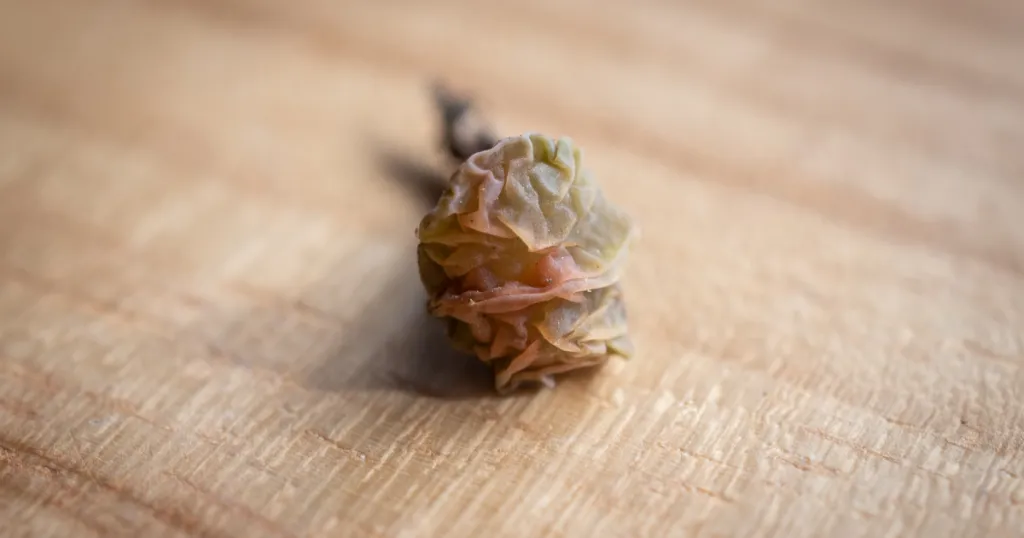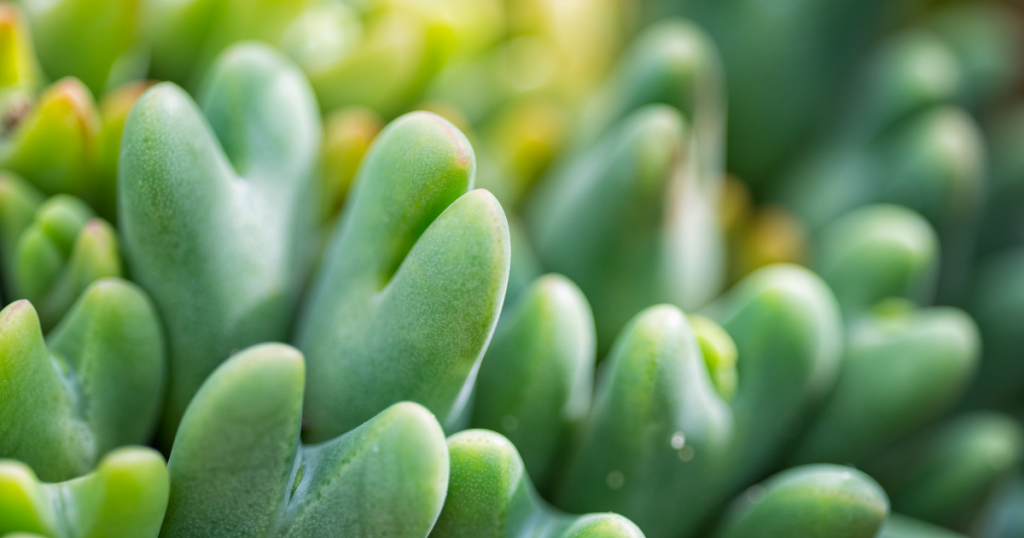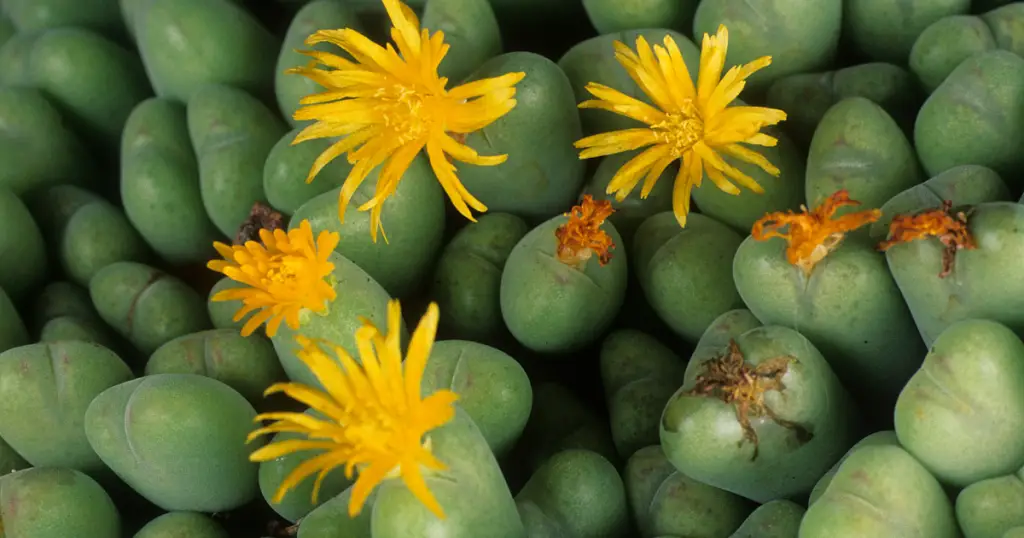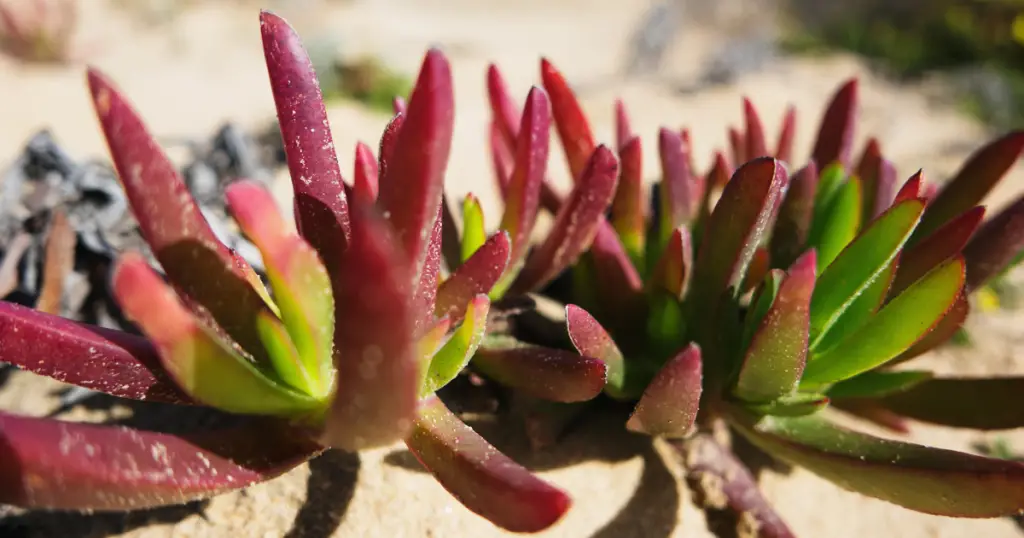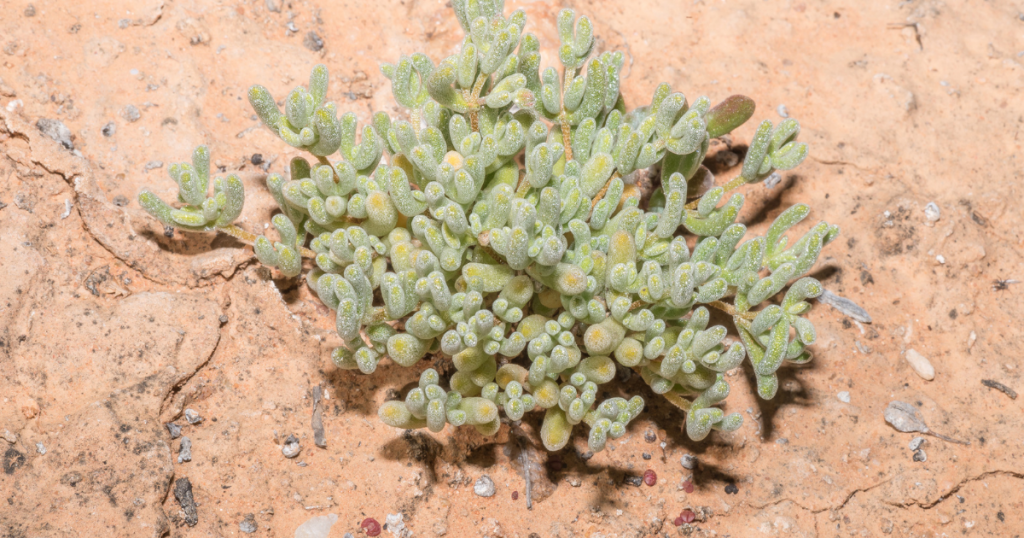
Mesembs, also known as “Ice Plants” or ‘Mimicry Plants’ are a group of succulents native to South Africa that are highly desirable by collectors to grow but can be difficult to care for. In this guide, we will explore the basics of growing mesembs, including the seasonal growing cycle, soil requirements, light and air needs, and watering techniques.
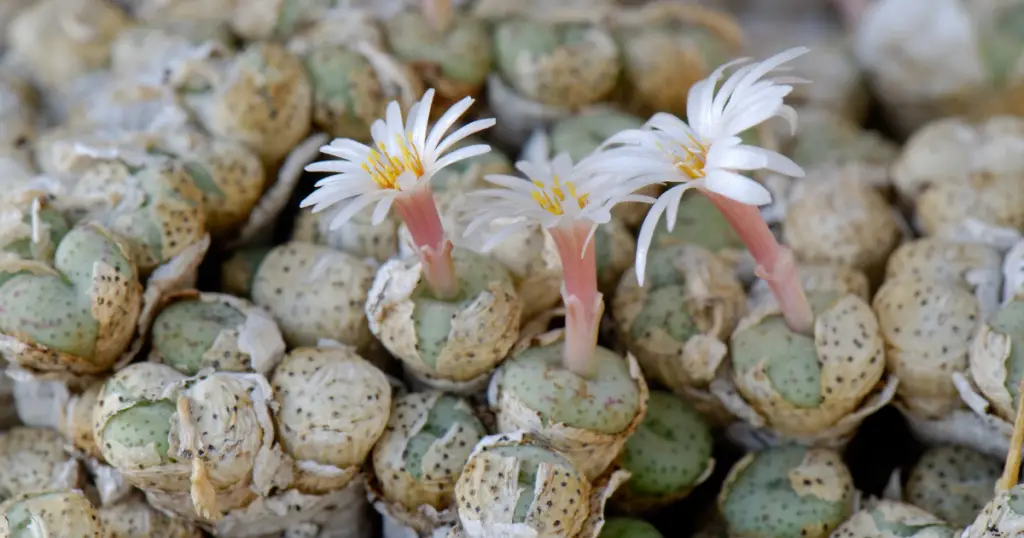
What are the basics of growing mesembs?
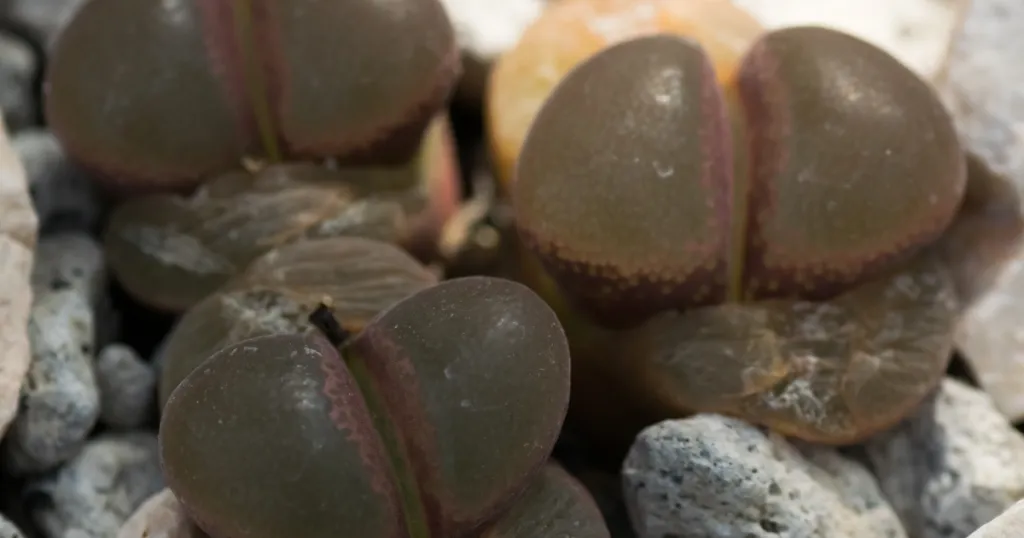
Mesembs are a highly sought after group of plants to grow, but the ease of killing them has discouraged many potential succulent collectors from enjoying the full spectrum of this group of plants. The name mesemb is short for the Sub Family Mesembryanthemaceae. They get the name ‘Mimicry Plants’ because in the wild they mimic rocks and other natural features of their habitat.
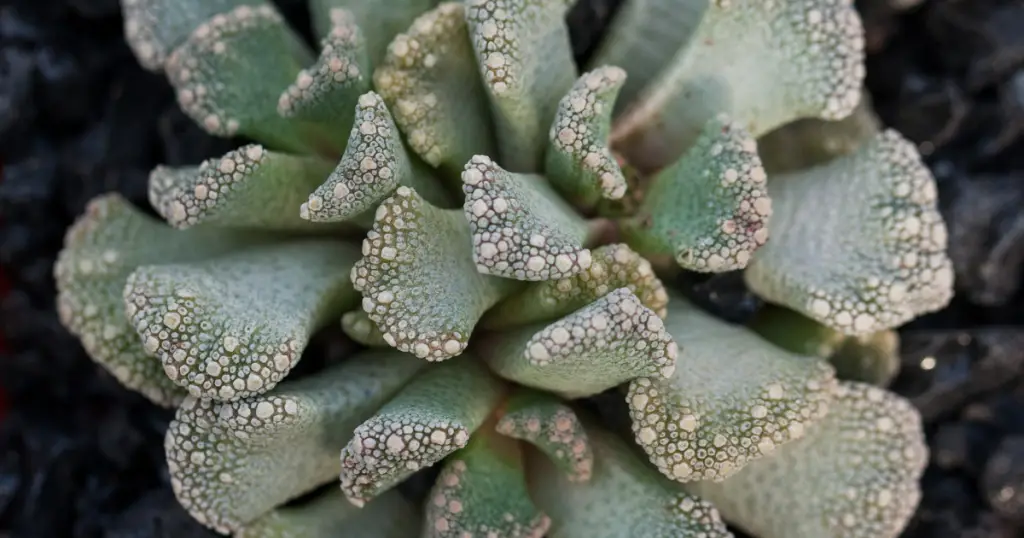
Success in growing mesembs is providing the right balance of light, circulating air, water and well-draining soil. These succulents require a little more attention (that doesn’t mean watering and messing with them) than others. One must be aware of the seasonal growing cycle, and sensitive to how much water and when as well as what it should look like when it’s healthy during its yearly cycle.
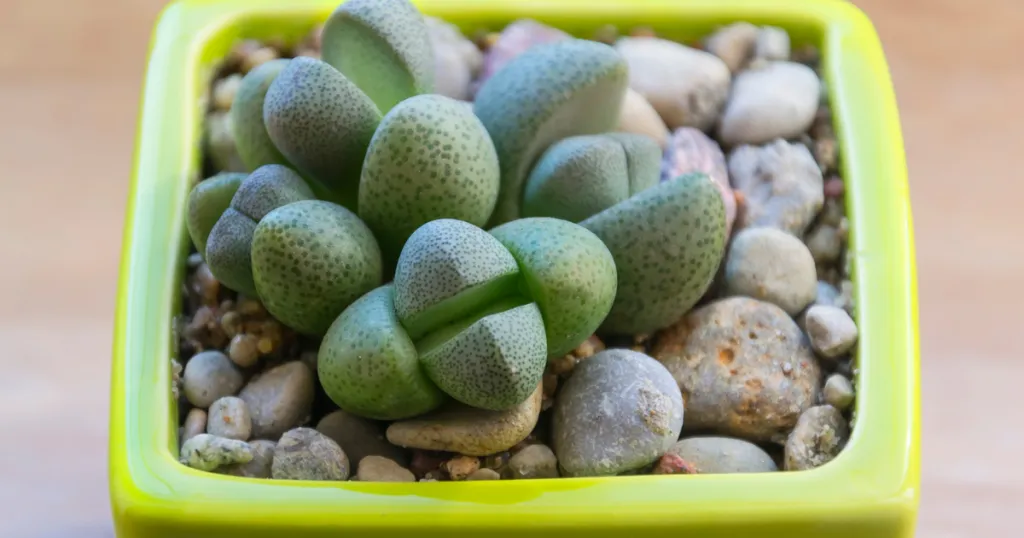
How does the seasonal growing cycle affect mesembs?
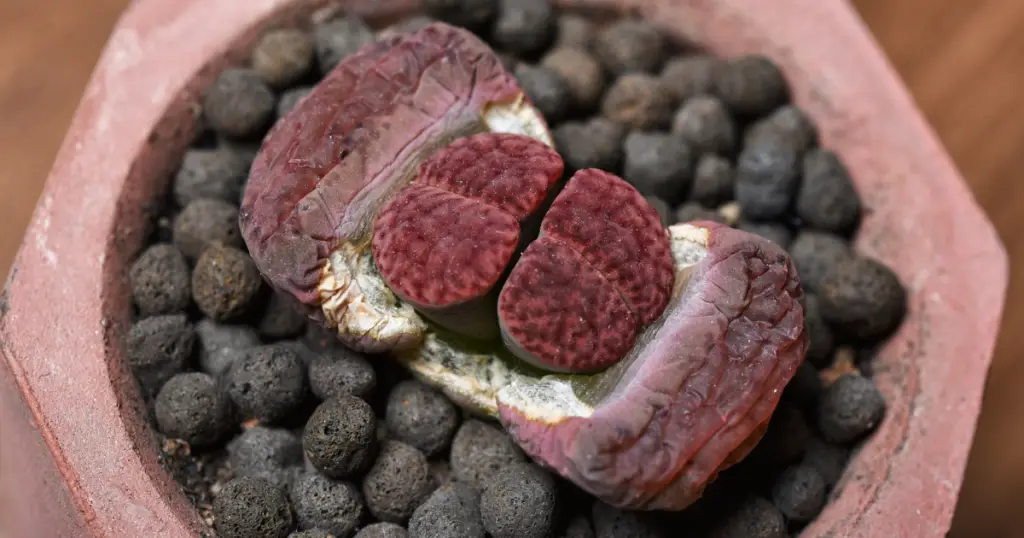
Knowledge of the plants seasonal growing cycle is super important in keeping mesembs alive and thriving. Basically there are two possible growing categories; summer or winter growers. The summer growers actually start growing (waking up) in mid spring, kind of slow down in the mid summer heat, and then have a flourish of growth in early fall. Winter growers wake up in late summer to mid fall, grow quickly for awhile, slow down in mid winter, then have a flourish of growth in the spring.
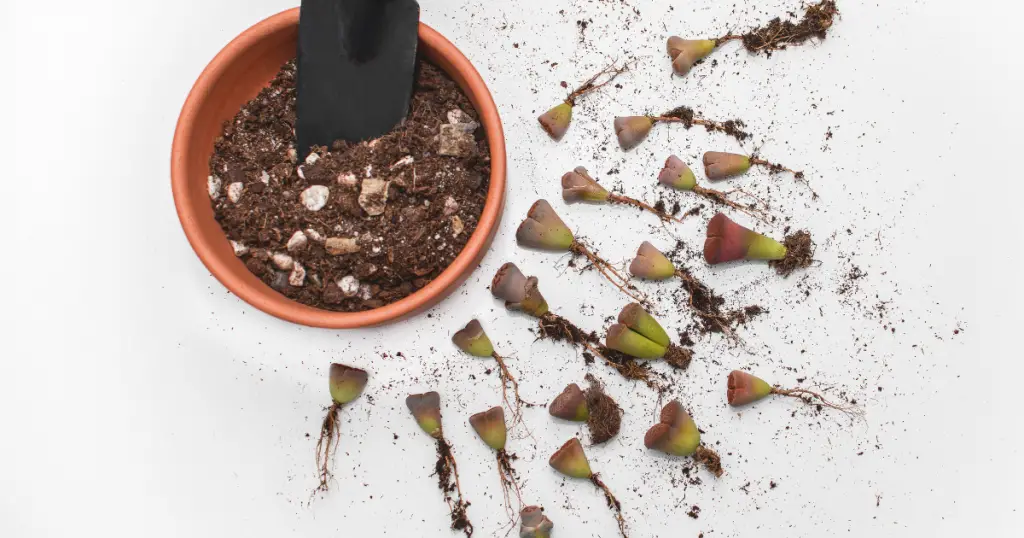
The main issue most hobbyist succulent collectors is knowing the plants dormant season, summer growing mesembs don’t like to be watered during their winter dormancy, and winter growing plants don’t like to be watered in the hot summer or being out in the full sun being cooked all summer long. But during the spring and fall almost any mesemb can be watered- if it is showing signs of needing water. Again, mesembs can be some of the trickiest succulents to keep alive.
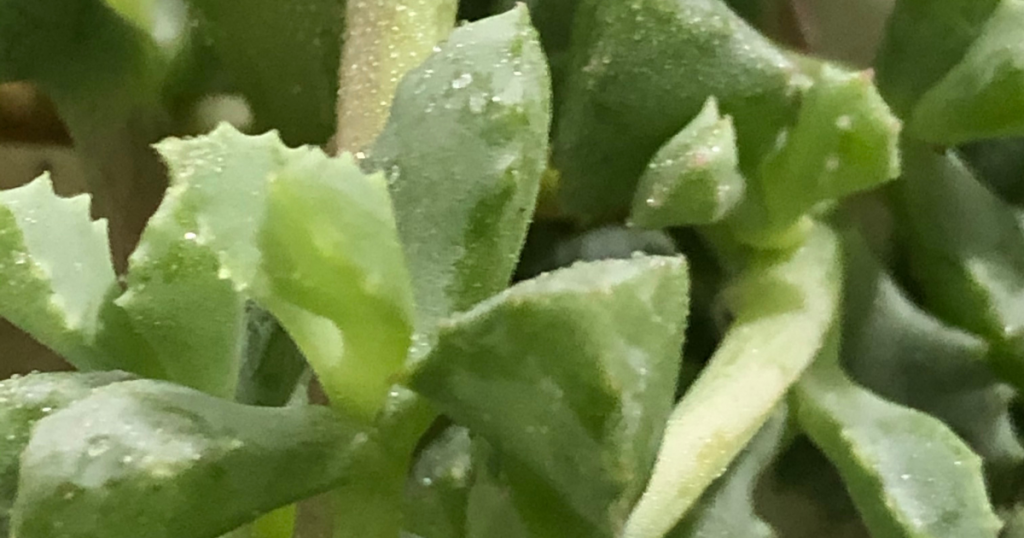
What kind of soil do mesembs need?
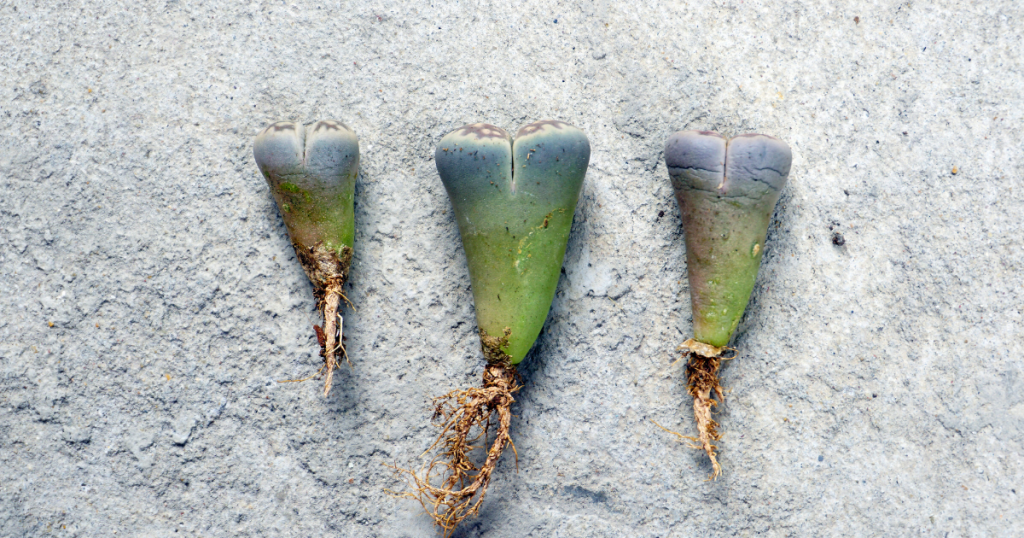
Mesembs require a well-draining soil, which means it dries out quickly. Basically the soil should contain a higher proportion of pumice, perlite or coarse sand. I use a lot of pumice in my soil mix for mesembs to make sure that they don’t sit in wet soil longer than they need to.
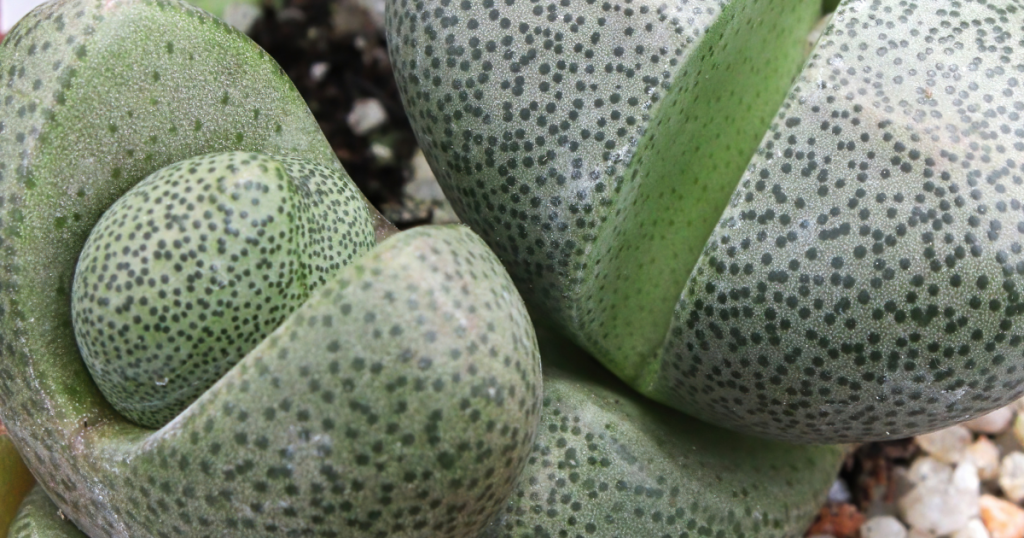
How much light and air do mesembs require?
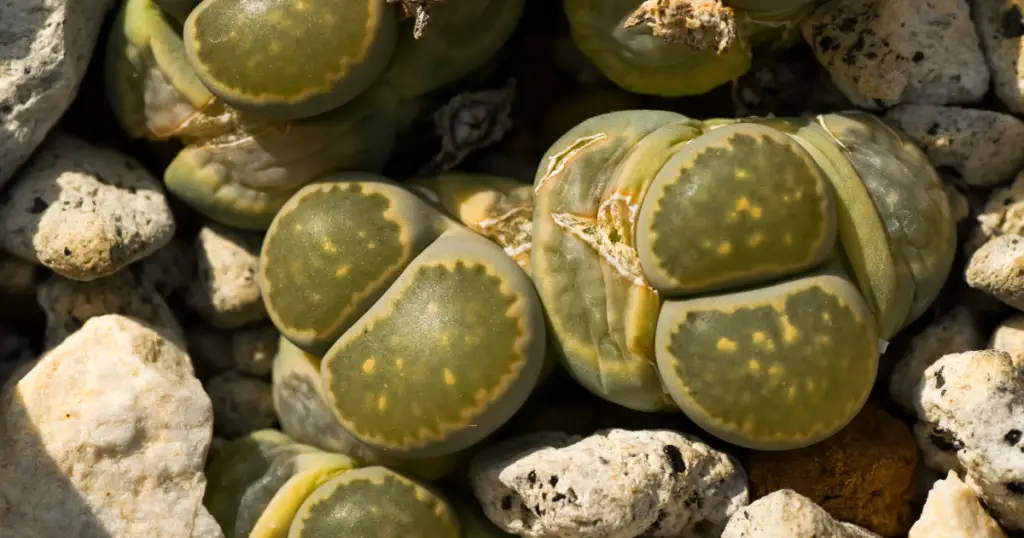
All mesembs require a lot of light and moving air (meaning not humid or stagnant air). High heat is not necessary, but a decent area with lots of sunny exposure is required, some shading is recommended during the summer and heat waves. I keep mine under a covered porch that receives a lot of afternoon sun. Moving air is of utmost importance to keep these succulents happy and healthy.
